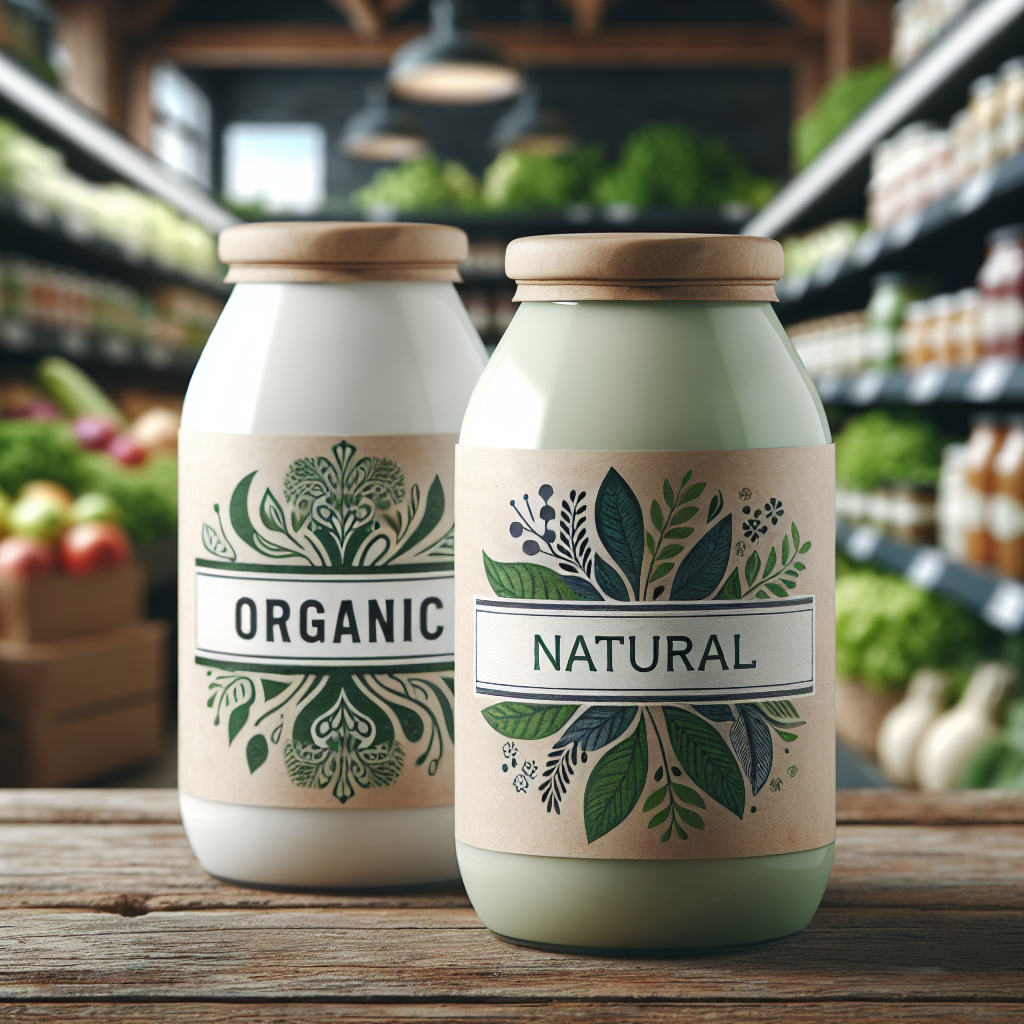What Do Food Labels Really Tell Us?
Today’s grocery store aisles are peppered with products stamped with words like “organic” and “natural,” but what do these terms actually mean? Understanding food labels is key to making informed choices that align with your nutritional needs and ethical values.
Defining “Organic”
The term “organic” refers to the way agricultural products are grown and processed. According to the United States Department of Agriculture (USDA), organic crops must be grown without the use of synthetic herbicides, pesticides, and fertilizers, or bioengineered genes (GMOs). Organic livestock raised for meat, eggs, and dairy products must have access to the outdoors and be given organic feed. They cannot be given antibiotics, growth hormones, or any animal by-products. USDA Organic Regulations provide a clear guideline on what qualifies as organic, ensuring a standardized meaning across all products.
The Truth About “Natural”
Unlike “organic,” the term “natural” is not as strictly regulated. It generally suggests that the product does not contain any artificial ingredients or preservatives and is minimally processed. However, the U.S. Food and Drug Administration (FDA) does not enforce a strict definition, which can lead to varied interpretations from one product to another. The ambiguity of the term “natural” can often be misleading for consumers looking to make healthier choices. For more details on the FDA’s stance, visit their guidance on natural food labeling.
How to Navigate Food Labels
When shopping, it’s important to not just take “organic” or “natural” labels at face value. Look for the USDA Organic seal to ensure that fruits, vegetables, and other products meet strict production and labeling requirements. For products labeled as natural, check the ingredient list to see if the product meets your own standards of what “natural” should mean.
Additionally, consider the environmental and ethical implications of your food choices. Organic farming tends to be more beneficial for the environment due to its reduced dependence on chemical pesticides and fertilizers and generally better soil and water conservation methods.
Ultimately, knowing the differences between these labels can help you make choices that are better for your health and the planet. The next time you shop, take a moment to consider what each label means and choose wisely based on your personal preferences and values.
As consumers, understanding the implications of “organic” and “natural” can empower us to make choices that align more closely with our dietary needs and environmental concerns. Always check the label, and remember that informed choices lead to healthier lives and a healthier planet.


